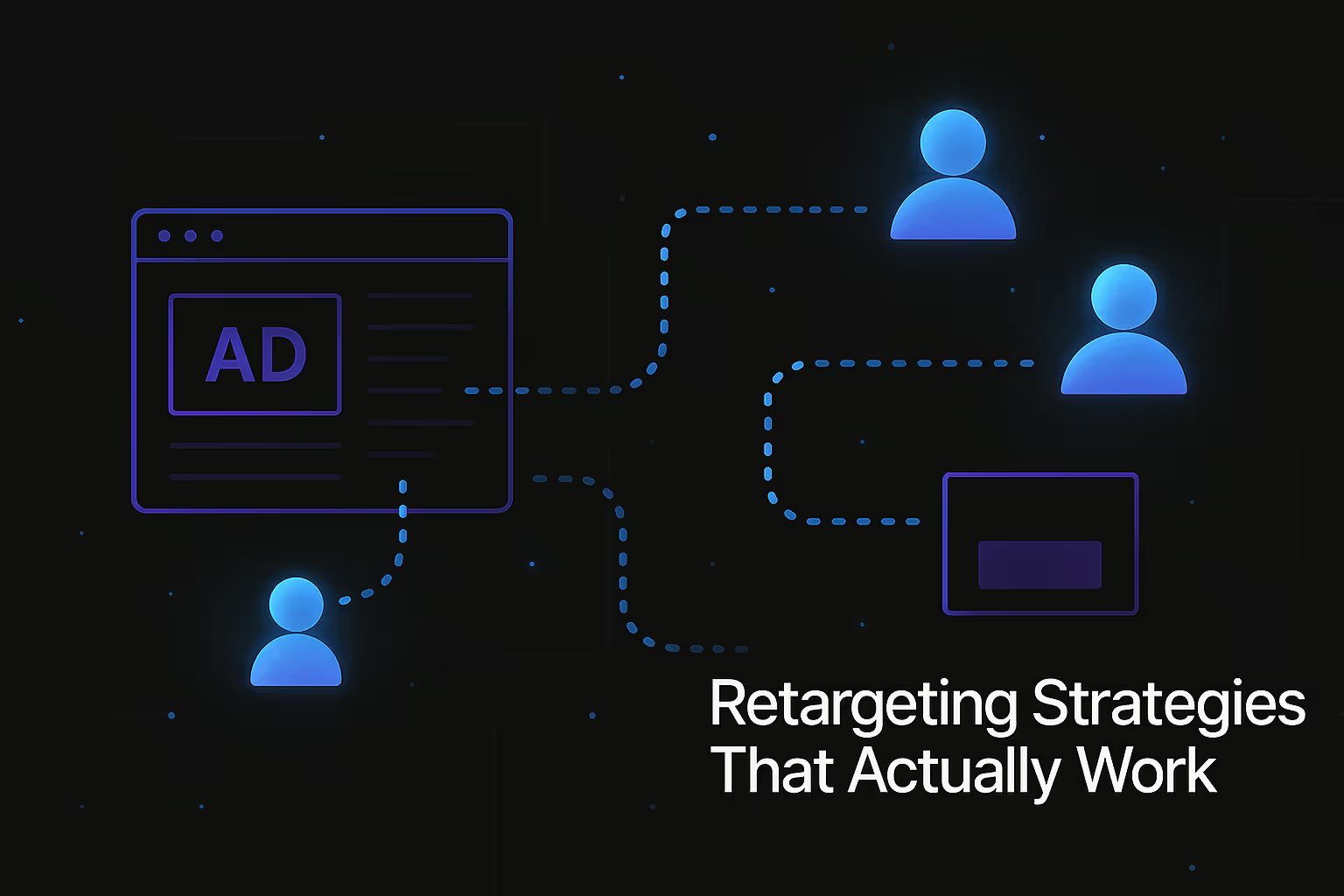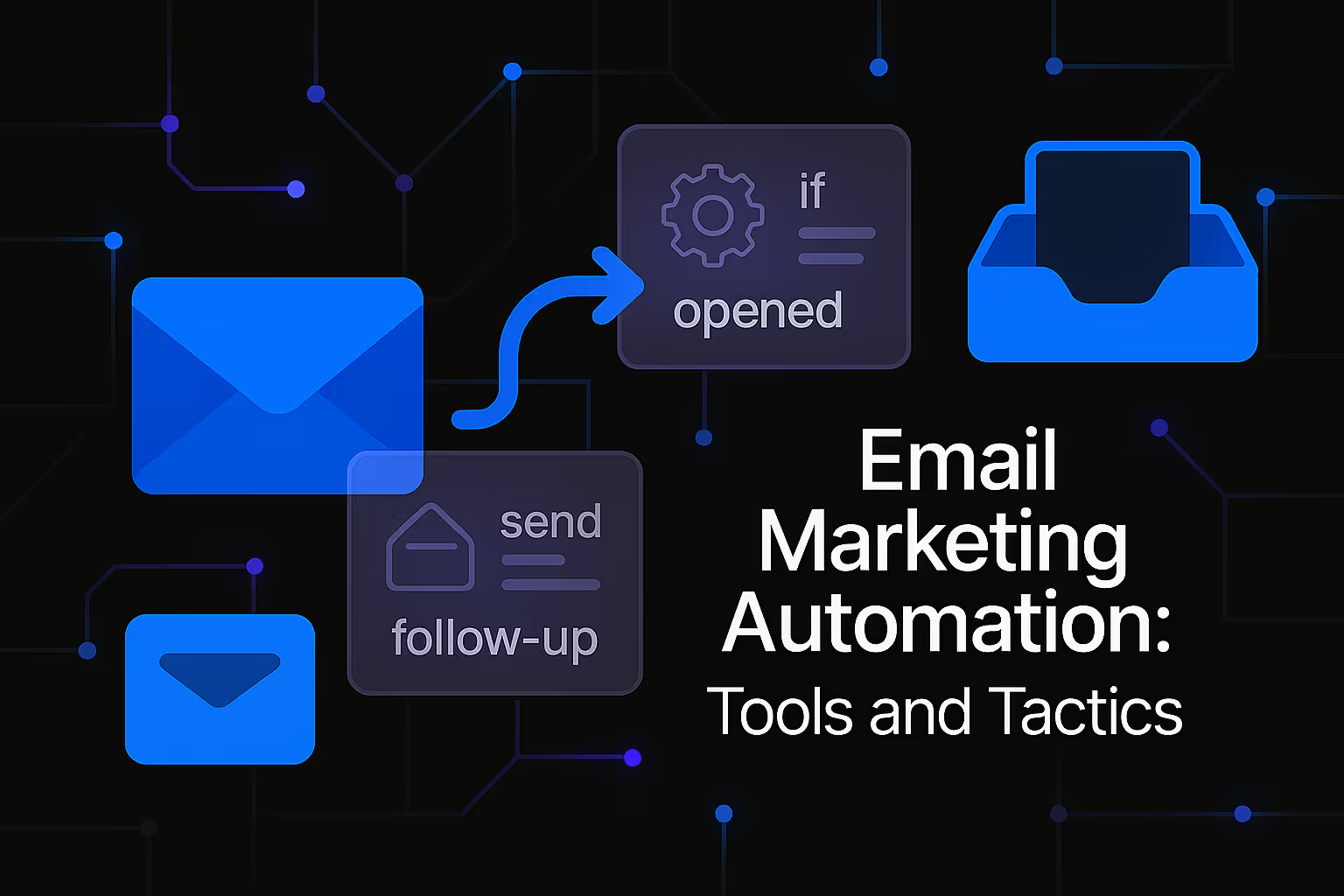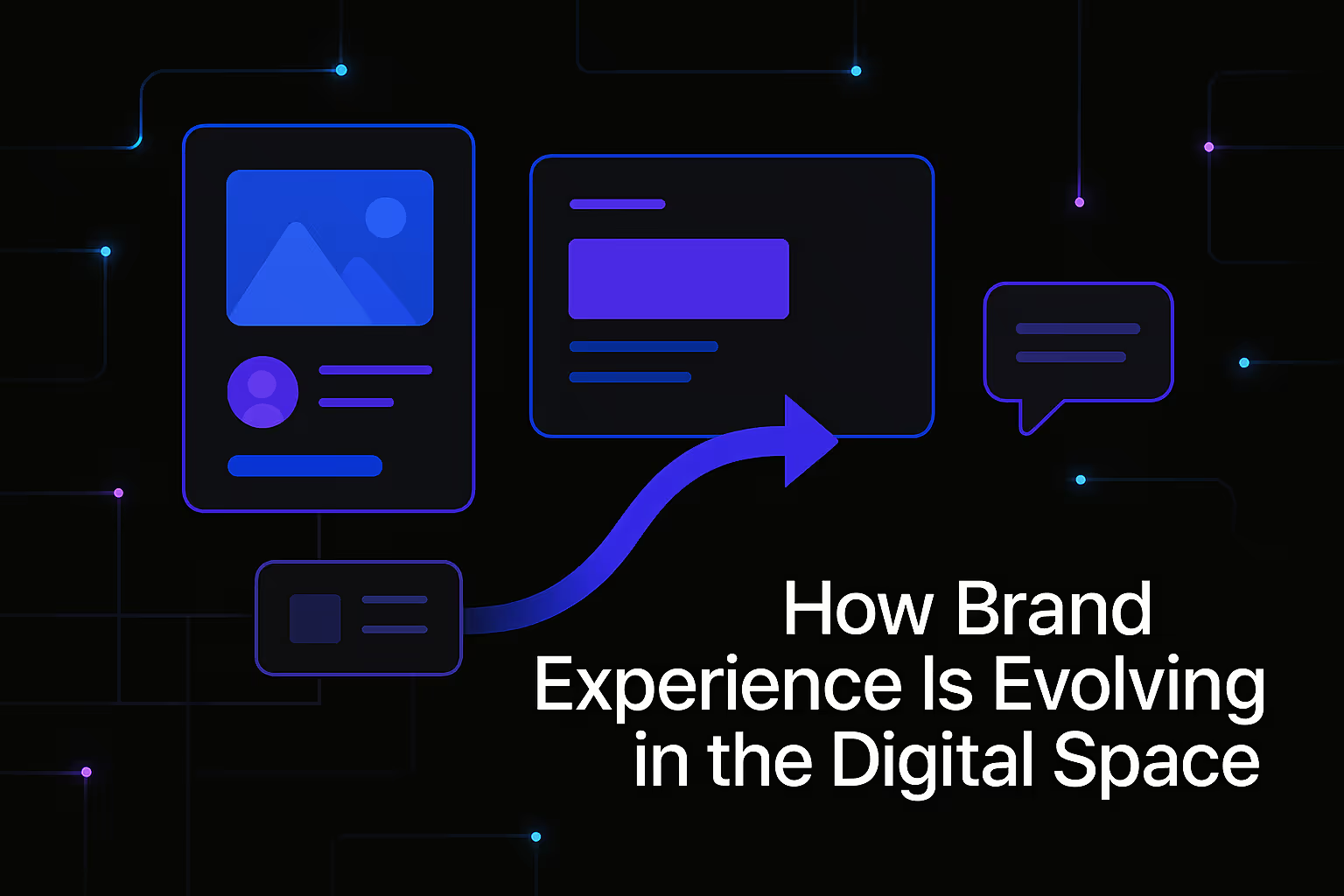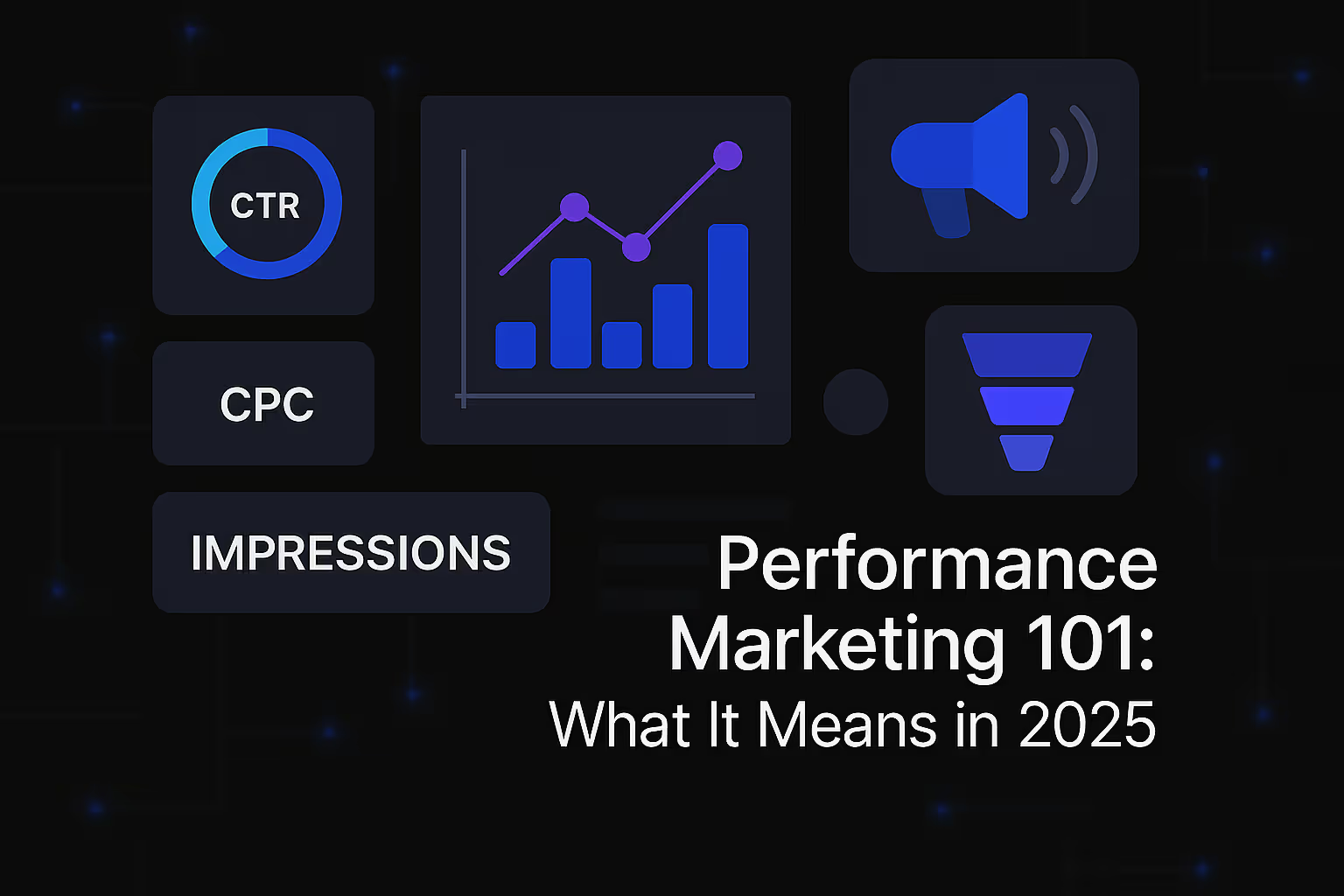Retargeting Strategies That Actually Work

In the vast digital marketing landscape, reconnecting with an interested audience is crucial. While acquiring new customers is important, it's a goldmine of potential to focus on individuals who've already shown interest in your brand. Retargeting strategies, also known as remarketing, serve targeted ads to users who have previously interacted with your website or social media content. This keeps your brand top-of-mind, nudging prospects closer to conversion. The power of retargeting is its efficiency: you're investing in an audience already familiar with you, making them significantly more likely to convert.
However, retargeting is not a simple "set it and forget it" mechanism. The distinction between simply doing retargeting and implementing retargeting strategies that actually work is profound. It involves a nuanced understanding of audience behavior, meticulous segmentation, compelling creative development, and rigorous performance analysis. This guide will explore the methodologies and advanced tactics that turn retargeting into a high-performing engine for growth.
The Foundational Pillars of Effective Retargeting
Before diving into the tactical execution of retargeting campaigns, it is crucial to establish a strong strategic foundation. Neglecting these foundational elements can lead to unfocused campaigns that dilute your budget without yielding significant returns.
The first pillar is a profound understanding of your audience and their journey. Retargeting is not a one-size-fits-all solution; the messages and channels you use must resonate with the specific stage of the customer journey an individual occupies. A user who merely visited your homepage has a vastly different intent than someone who abandoned a shopping cart. Effective retargeting begins with mapping out these touchpoints to tailor your approach with precision.
The second critical pillar is the role of data and analytics. Data is the lifeblood of intelligent marketing. For retargeting, this means meticulously tracking user interactions through pixels, cookies, and various platform-specific tags. This data provides the insights needed to segment your audience effectively and understand their behaviors. Without robust data collection and analysis, retargeting becomes a shot in the dark, lacking the precision required for optimal performance.
Finally, setting clear objectives and key performance indicators (KPIs) is non-negotiable. What do you aim to achieve with your retargeting efforts? Is it to recover abandoned carts, increase repeat purchases, or drive sign-ups? Each objective will dictate different strategies, creative approaches, and measurement metrics. Defining your KPIs upfront allows for accurate performance tracking and provides a benchmark against which to measure success.
Diverse Retargeting Channels and Their Strategic Application
The beauty of modern retargeting lies in its multi-channel nature, allowing marketers to re-engage audiences across virtually every corner of the internet. A diverse approach is far more impactful than relying on a single platform.
Website Retargeting: The Cornerstone of Re-Engagement
At the heart of most retargeting campaigns lies website retargeting, powered by a pixel placed on your website. This pixel collects anonymous data about visitors, allowing you to build custom audiences based on their browsing behavior. The real power comes from segmenting these audiences based on specific actions, such as visiting a product page but not adding it to their cart. This segmentation enables dynamic product ads, which automatically display the exact products a user viewed, significantly increasing the likelihood of conversion.
Social Media Retargeting: Reaching Audiences Where They Engage
Social media platforms have become indispensable for retargeting, leveraging their vast user bases and sophisticated targeting capabilities. Platforms like Facebook and Instagram allow you to create custom audiences from your website visitors or based on how they've engaged with your social media content. The key is to match your creative variations to the platform's native environment and the user's likely mindset, subtly reminding them of your brand and its offerings.
Search Ad Retargeting: Capturing High Intent
Remarketing Lists for Search Ads (RLSA), a feature within Google Ads, allows you to tailor your search campaigns to people who have previously visited your site. If a past visitor searches for a related product, you can show them a highly specific ad or even bid higher for their search query. The power of RLSA lies in its ability to target past visitors with specific search queries that demonstrate continued interest, making them highly qualified leads.
Email Retargeting/Re-engagement: Synergistic Power
Email marketing plays a crucial synergistic role in retargeting. You can leverage your existing email lists for ad targeting on platforms like Facebook and Google. Beyond that, email itself is a potent retargeting tool. Email sequences for abandoned carts are a well-known example, automatically sending reminders and incentives to users who left items behind. The combined force of email and paid ad retargeting ensures a comprehensive strategy.
Video Ad Retargeting: Engaging Visually
For brands that produce video content, video ad retargeting offers a dynamic way to re-engage audiences. Platforms like YouTube allow you to build audiences based on those who have watched your videos. This opens up opportunities to serve follow-up ads to people who have already consumed your video content, indicating a higher level of interest and recall.
Crafting Compelling Retargeting Ad Creatives and Messaging
The effectiveness of any retargeting campaign ultimately hinges on the quality and relevance of its ad creatives and messaging. It is not enough to simply show an ad to a past visitor; that ad must resonate and compel action.
The absolute key is the power of personalization. Retargeting allows you to speak directly to an individual's past actions and interests. If someone viewed a specific product, your ad should feature that product. This level of personalization makes the ad feel less like an intrusion and more like a helpful suggestion. This personalization extends to tailoring messages to audience segments and their stage in the funnel. A user who abandoned a high-value shopping cart needs a different message than someone who merely visited your "About Us" page.
Central to any effective ad are clear and persuasive call-to-actions (CTAs) that convert. A powerful ad should leave no doubt about what you want the user to do next. The urgency and clarity of the CTA are paramount.
Furthermore, A/B testing ad copy and visuals is a necessity for continuous improvement. Experiment with different headlines, body copy, images, and CTAs. The insights gained from A/B testing provide invaluable data that informs future campaigns, allowing you to refine your approach and consistently improve performance.
Finally, effective retargeting creatives will often strategically address common objections or pain points that might have prevented a conversion during the initial visit. By proactively addressing these potential hurdles within your ad copy, you can overcome hesitations and provide the confidence needed for the user to take the next step.
Advanced Retargeting Tactics for Maximized ROI
While the core principles and channel strategies are fundamental, mastering retargeting involves venturing into more advanced tactics that optimize campaign performance and prevent ad fatigue.
One of the most critical advanced tactics is frequency capping. The goal of retargeting is to remind, not to annoy. Bombarding users with the same ad repeatedly can lead to ad fatigue and negative brand perception. Frequency capping allows you to limit the number of times an individual sees your ad, ensuring your budget is spent efficiently.
Equally important is the diligent use of exclusion lists. You want to avoid targeting those who no longer need to see your ads. The most common use case is excluding existing customers or recent converters. This significantly improves campaign efficiency and customer experience.
Sequential retargeting is a powerful tactic that guides users through a predefined journey with different messages based on their prior interactions. Instead of showing the same ad repeatedly, you can create a series of ads that progressively move the user through the sales funnel.
In an increasingly multi-device world, cross-device retargeting has become essential. Users often browse on one device and convert on another. Cross-device capabilities allow you to recognize and target the same individual across their various devices, ensuring a seamless and consistent retargeting experience.
Moving beyond basic segmentation, Customer Lifetime Value (CLTV) based retargeting focuses your efforts on high-value segments. By integrating CRM data with your ad platforms, you can identify and prioritize retargeting efforts for customers who have historically spent more, thereby maximizing the return on your retargeting investment.
Finally, leveraging your successful retargeting pools to create lookalike audiences is an excellent way to expand your reach with highly qualified prospects. You can instruct advertising platforms to find new users who share similar characteristics and behaviors to your best customers.
Measuring Success and Continuous Optimization
The ultimate measure of any retargeting strategy lies in its ability to drive tangible, measurable results. Without rigorous tracking, analysis, and a commitment to continuous optimization, even the most thoughtfully designed campaigns can fall short.
Several key metrics provide critical insights into the performance of your retargeting campaigns. The Click-Through Rate (CTR) indicates how engaging your ads are. The Conversion Rate directly measures the percentage of ad clicks that result in a desired action. For e-commerce, Return on Ad Spend (ROAS) is a vital metric, calculating the revenue generated for every dollar spent on ads. Tracking the Cost Per Conversion helps you understand the efficiency of your campaigns.
Understanding attribution models in retargeting is also critical. Retargeting campaigns often act as a final touchpoint before conversion, but they rarely operate in isolation. It's often more appropriate to consider multi-touch attribution models that acknowledge the influence of all interactions, providing a more accurate view of retargeting's true value.
The process of analyzing performance data is an ongoing exercise. It involves regularly reviewing your campaign dashboards, identifying trends, and pinpointing underperforming ads or segments. This analytical rigor informs your next steps, allowing you to make data-driven decisions rather than relying on guesswork. This analytical insight directly feeds into iterative testing and refinement. Based on your data analysis, you should continuously run A/B tests on new ad creatives, adjust bidding strategies, and experiment with different frequency caps.
Finally, it’s important to understand the long-term impact on brand recall and customer loyalty. While direct conversions are easily measurable, retargeting also plays a significant role in keeping your brand top-of-mind. Consistent, non-intrusive re-engagement builds familiarity and trust, contributing to increased customer loyalty and a stronger brand affinity.
Similar Insights
Stay Updated with Our Insights
Join our newsletter for the latest trends and tips in web development and digital marketing.




